
|
|
|
| synonym |
|
| description |
A boldly marked species with a strongly developed reddish-orange and bluish-gray color pattern on the wings and body. The top of the head has two reddish-orange parallel submedial lines on either side of a pale midline; the lines have prominent lateral branchesthat encapsulate pale spots. The pronotum has an "M" shaped reddish mark on an otherwise bluish-gray background. The mesonotum is pale with red lateral triangles. The underside of the thorax is dark, and the anteclypeus is a dark brown color, a key characteristic of this species which contrasts with the mostly yellowish frons. The wings have a dark orange to red color pattern that contrasts with a prominent pale bluish-gray base. The apical venation is bright red, and the wing tips are dark, with a brown basal spot in the inner apical cell. Adults are 2.6-2.7 mm long. (Dmitriev & Dietrich, 2007)
|
| distribution |
Central and eastern United States, primarily in the Mississippi River basin. (3I) |
| abundance |
Rare but likely overlooked, recorded recently a couple times from the lower mountains and Piedmont. |
| seasonal_occurrence | |
| habitat |
Has been found in mixed hardwood forest and forest edge. |
| plant associates |
Vitis sp., Rubus sp., Cersis sp., Ilex decidua (3I) |
| behavior |
Can be attracted at night with a light. |
| comments |
E. festiva is most similar to E. rubra. Both species have very similar color patterns with slight differences. Size wise, E. rubra is slighty but noticeably larger: E. rubra is 2.9- 3.1 mm long, whereas E. festiva is 2.6-2.7 mm. Additionally, in festiva the head markings are more extensive with a noticeable lateral branch off of the submedial lines; this lateral branch encapsulates a prominent white circle near the eyes. In rubra, the lateral branch is either lacking or not very well defined, and the submedial lines tend to be much broader and bolder. The antyclypeus of festiva is brown, while in rubra it is typically pale, concolorous with the rest of the face. Finally, in rubra the red coloration on the wings is more extensive, with smaller pale bluish spots, especially the three near the middle of the back; in festiva, these bluish spots are larger and more block-shaped. |
status |
[Native:]
[Introduced:]
[Extirpated:] | | list_type |
[Official:]
[Provisional:] |
| adult_id | Unmistakable and widely known Identifiable from good quality photos of unworn specimens
Identifiable from photos showing undersides, or other specialized views [e.g., legs, face]
Identifiable only by close inspection of structural features or by DNA analysis NULL |
| nymph_id | Unmistakable and widely known Identifiable from good quality photos, especially where associated with known host plants
Identifiable from close inspection of specimens or by DNA analysis
Identifiable only through rearing to adulthood NULL |
| G_rank |
|
| S_rank |
|
| rank_comments |
|
| tribe |
Erythroneurini |
| subgenus |
|
Species Photo Gallery for Erythroneura festiva No Common Name |
 | Photo by: Kyle Kittelberger
Wake Co.
Comment: mixed hardwood forest; male, 2.56 mm | 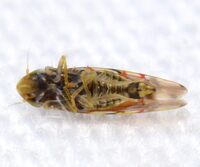 | Photo by: Kyle Kittelberger
Wake Co.
Comment: mixed hardwood forest; male, 2.56 mm |
 | Photo by: Kyle Kittelberger
Wake Co.
Comment: mixed hardwood forest; male, 2.56 mm | 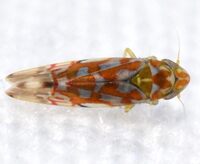 | Photo by: Kyle Kittelberger
Wake Co.
Comment: mixed hardwood forest; male, 2.56 mm |
 | Photo by: Kyle Kittelberger, Brian Bockhahn
Polk Co.
Comment: male, 2.7 mm | 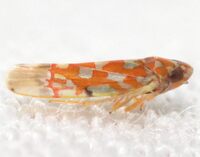 | Photo by: Kyle Kittelberger, Brian Bockhahn
Polk Co.
Comment: male, 2.7 mm |
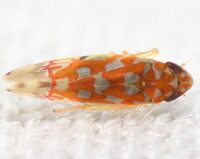 | Photo by: Kyle Kittelberger, Brian Bockhahn
Polk Co.
Comment: male, 2.7 mm | 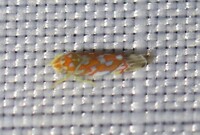 | Photo by: Rob Van Epps
Mecklenburg Co.
Comment: |
 | Photo by: Scott Bolick
Wilkes Co.
Comment: |

 »
»
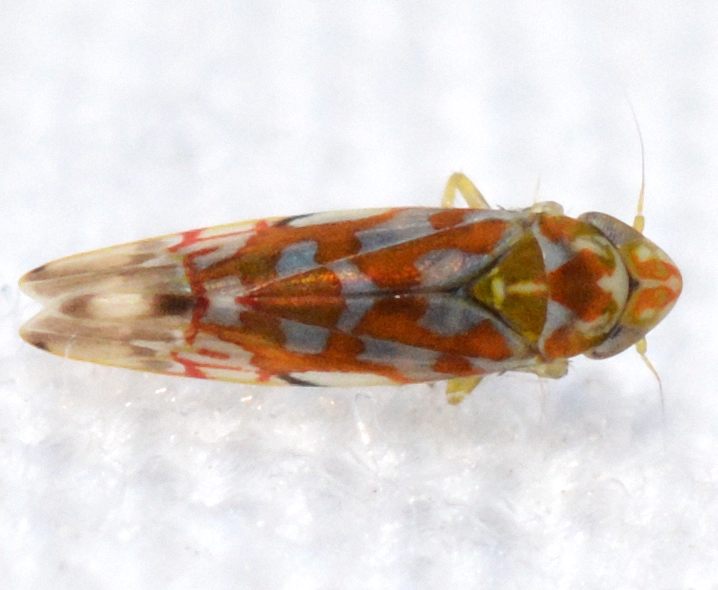
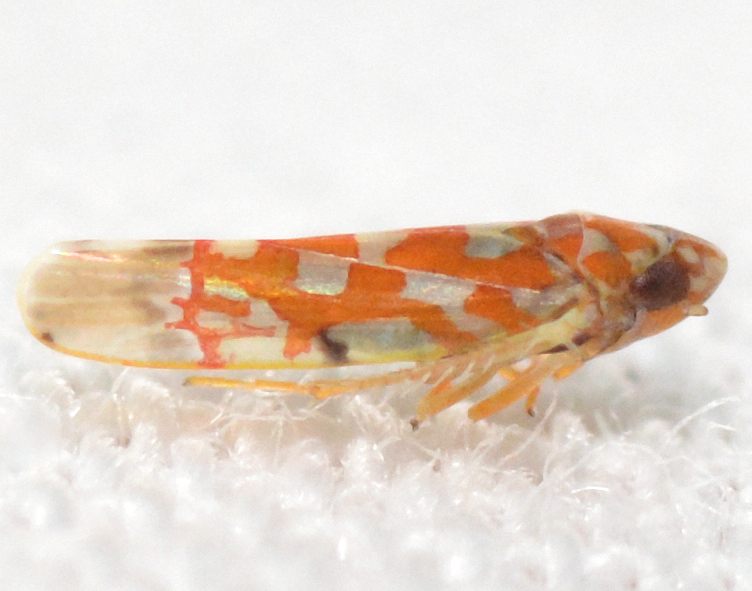
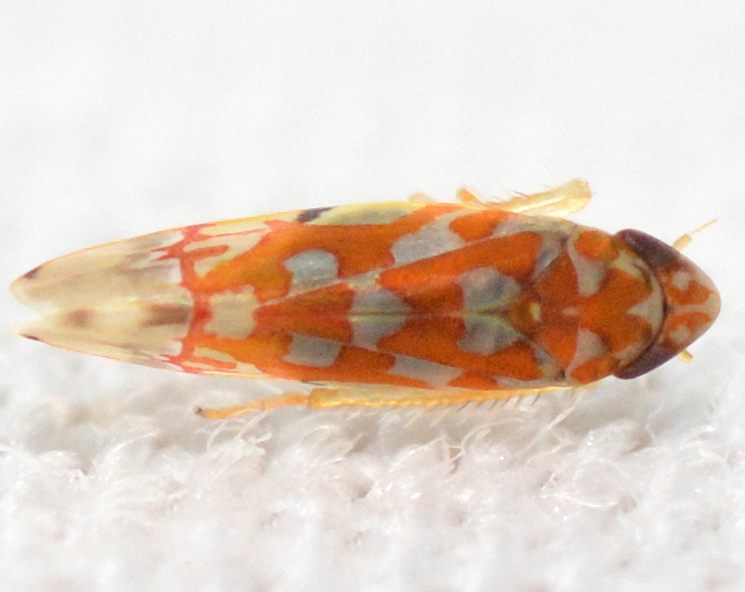

 »
»


